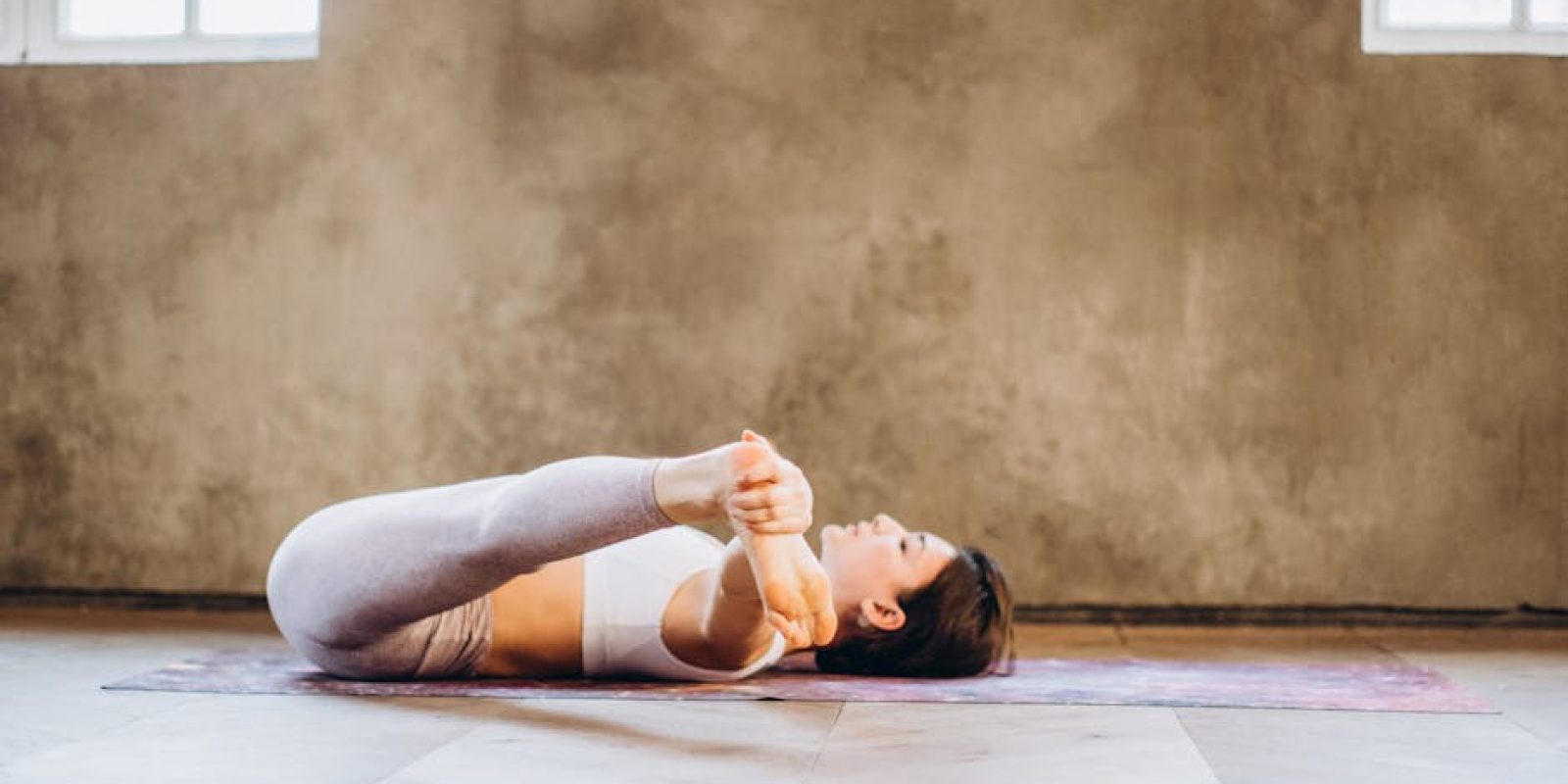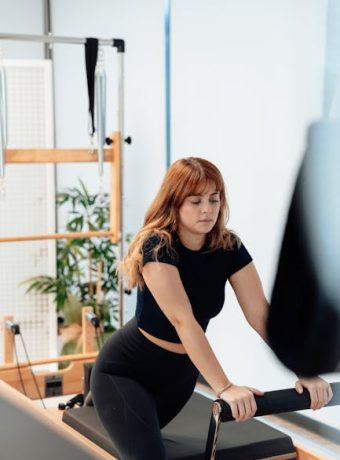Women Fitness: How to Start a Pilates Routine
In recent years, Pilates has gained popularity as a low-impact workout that improves flexibility, strengthens muscles, and enhances mental awareness. Originally developed by Joseph Pilates in the early 20th century, this exercise regime is now a favored choice for women looking to enhance their fitness levels. Whether you’re seeking to relieve stress or tone your body, starting a Pilates routine can be a transformative journey.
Why Choose Pilates?
Pilates is more than just a workout; it’s a lifestyle. It emphasizes core strength, balance, and posture, making it an ideal choice for women of all ages. According to a study published in the Journal of Strength and Conditioning Research, individuals practicing Pilates regularly experience improved muscle endurance and flexibility. Additionally, it supports joint health and can aid in recovery from injuries.
The Benefits of Pilates for Women
Women can particularly benefit from Pilates because it addresses common concerns such as back pain, postural issues, and muscle weakness. Here are some of the specific benefits:
- Core Strength: Pilates targets the deep abdominal muscles, providing a strong foundation for the entire body.
- Improved Flexibility: Stretching and controlled movements enhance flexibility and promote joint health.
- Better Posture: By strengthening the back and core, Pilates helps correct posture, reducing the risk of back pain.
- Mental Clarity: The focus on breath and movement provides a meditative element, reducing stress and enhancing mental clarity.
Getting Started with Pilates
Starting a Pilates routine can seem daunting, but with the right approach, it can be an enjoyable and rewarding experience. Here’s how you can begin:
1. Understand the Basics
Before you dive into Pilates, familiarize yourself with its fundamental principles. Pilates is built on six core principles: concentration, control, center, flow, precision, and breathing. Understanding these principles will help you maximize the benefits of your practice.
2. Set Realistic Goals
Consider what you hope to achieve through Pilates. Are you looking to enhance flexibility, build strength, or relieve stress? Setting clear, realistic goals will keep you motivated and focused.
3. Choose the Right Type of Pilates
There are various types of Pilates, including Mat Pilates and Reformer Pilates. Mat Pilates is performed on the floor using a mat, while Reformer Pilates uses specialized equipment. If you’re new to Pilates, starting with Mat Pilates can be a great way to learn the basics.
Finding a Pilates Class
Joining a Pilates class can provide structure, expert guidance, and community support. Here’s how to find the right class for you:
1. Research Local Studios
Look up Pilates studios in your area and read reviews. Consider factors like class size, instructor experience, and studio amenities. Many studios offer introductory classes, which can be a great way to see if it’s a good fit.
2. Consider Online Classes
If you prefer the convenience of working out at home, there are numerous online Pilates classes available. Platforms like Pilates Anytime and YouTube offer a variety of classes suitable for all levels.
3. Attend a Trial Class
Before committing to a studio or instructor, attend a trial class. This allows you to experience the teaching style and class environment without a long-term commitment.
Essential Pilates Equipment
Although Pilates can be performed with minimal equipment, certain tools can enhance your workout experience:
1. Pilates Mat
A thick, non-slip mat provides comfort and support during mat exercises.
2. Resistance Bands
These versatile tools add resistance to your workouts, helping to build strength and flexibility.
3. Pilates Ball
A small exercise ball can be used to challenge your balance and engage your core muscles.
Creating a Home Pilates Routine
Building a home Pilates routine allows for flexibility and convenience. Here’s how to create an effective at-home workout:
1. Designate a Space
Choose a quiet, spacious area in your home where you can lay down your mat and move freely. Ensure the space is free from distractions.
2. Schedule Your Workouts
Consistency is key to seeing results. Set a regular schedule for your Pilates sessions, whether it’s daily or a few times a week, and stick to it like any other appointment.
3. Follow a Structured Routine
Begin with a warm-up, followed by core-building exercises, strength training, and flexibility work. You can find structured routines online or develop your own based on your goals.
Staying Motivated
Maintaining motivation can be challenging, especially when starting a new routine. Here are some tips to stay engaged:
1. Track Your Progress
Keep a journal of your workouts, noting what you did and how you felt. Tracking progress can be a powerful motivator as you see your improvements over time.
2. Mix It Up
To avoid monotony, vary your routine by trying new exercises or incorporating different equipment. This keeps your workouts fresh and exciting.
3. Join a Community
Engage with other Pilates enthusiasts through local classes or online forums. Sharing experiences and tips can provide support and motivation.
Conclusion
Starting a Pilates routine is a rewarding step towards enhanced physical and mental well-being. With its focus on core strength, flexibility, and mindfulness, Pilates offers a holistic approach to fitness. By understanding the basics, setting clear goals, and committing to a consistent practice, you can experience the transformative benefits of Pilates in your life. Remember, the journey is personal, and every small step brings you closer to achieving your fitness goals.



